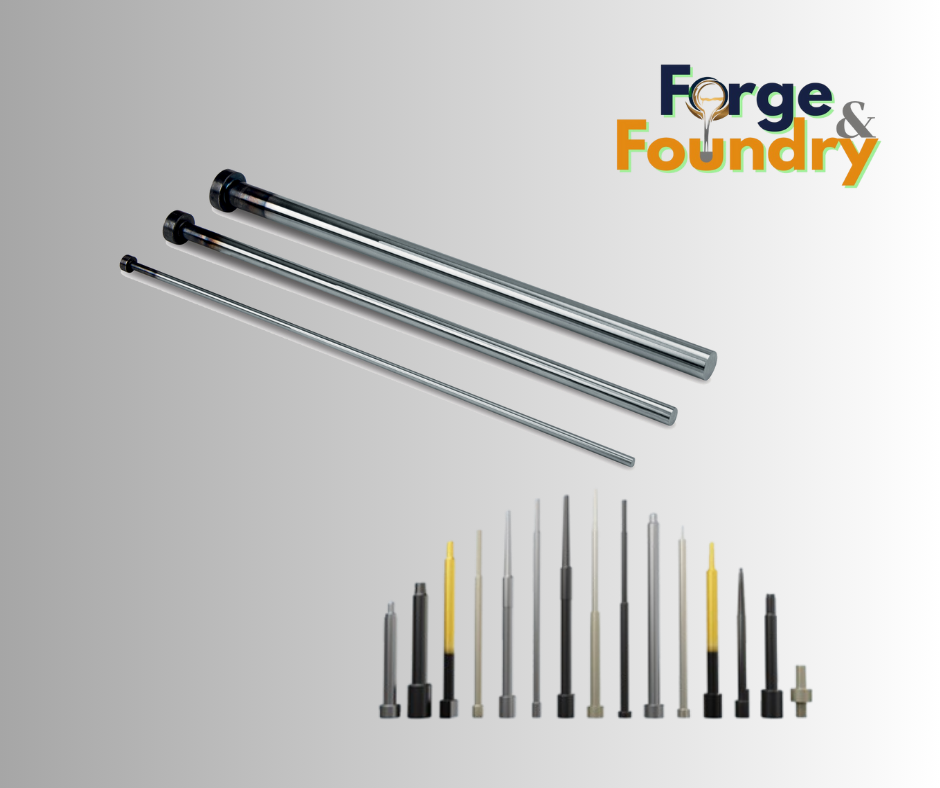
Ejector pins are crucial components in both forging and foundry (die and mould) operations, facilitating the removal of finished parts from the mold cavity after the material has solidified. These pins apply a precise force to push the product out, ensuring a smooth and undamaged ejection process. Their design and placement are critical to prevent defects like part deformation or visible marks on the final product. Forge and Foundry utilizes various types of ejector pins, each tailored to specific part geometries and material characteristics.
Common types of ejector pins include straight ejector pins for simple parts, stepped ejector pins for multi-level ejection on complex geometries, and blade ejector pins for thin-walled or intricate designs. Ejector sleeves, which are hollow pins with an inner core, are also employed for delicate parts requiring controlled ejection and enhanced durability. The material selection for these pins is paramount, as they must withstand high temperatures, immense pressure, and repetitive cycles. Typical materials include high-strength hardened steels like H13 and SKD61, often undergoing surface treatments such as nitriding or black oxide coating for increased wear resistance, hardness, and self-lubricating properties. Stainless steel is used for applications requiring corrosion resistance, while specialized materials like Beryllium Copper and Tungsten Carbide are chosen for extremely demanding or high-temperature environments.
| Advantages & Benefits | Features | Types |
|---|---|---|
|
|
|